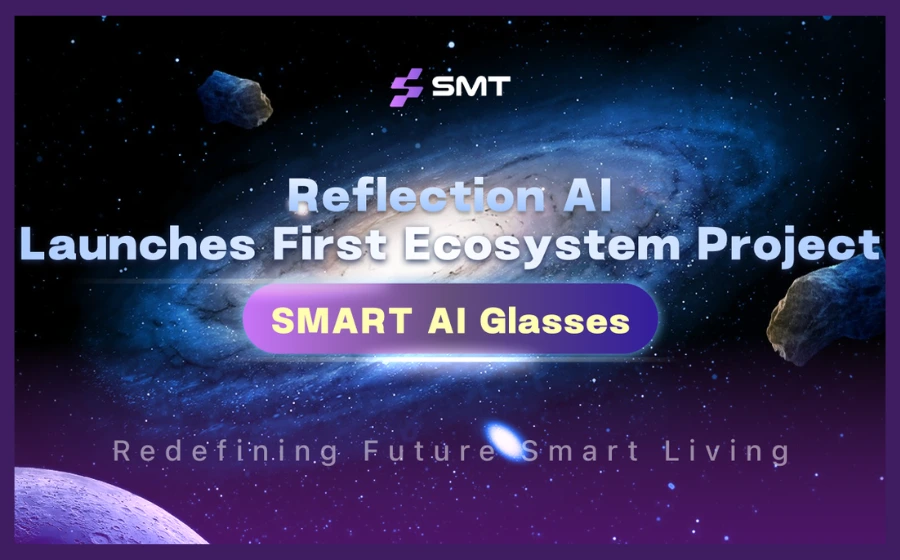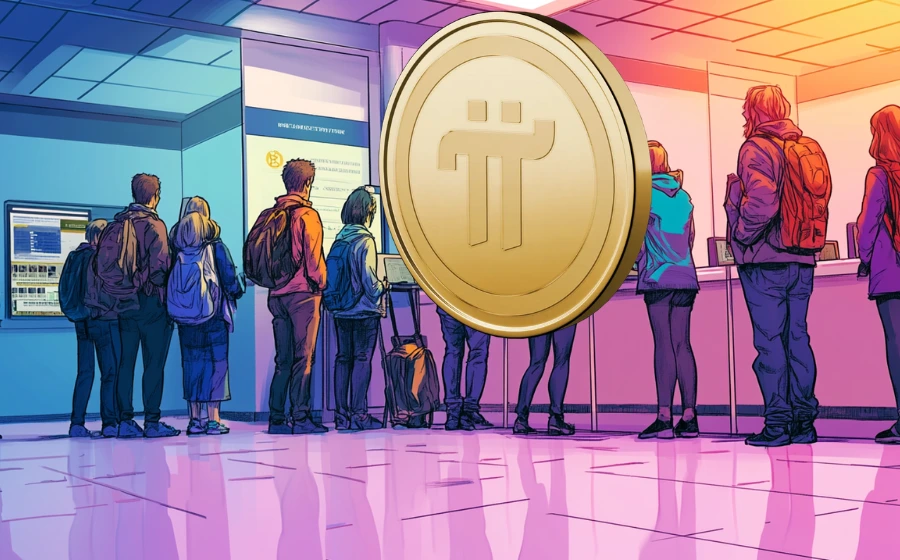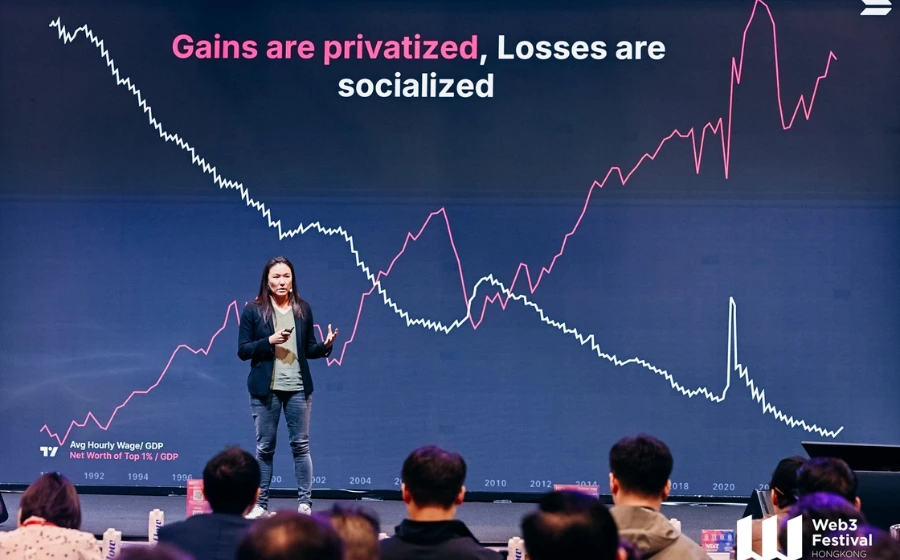
KEYTAKEAWAYS
- The Transformation from "Meme Chain" to Global Financial Infrastructure
- The Dilemma of Traditional Capital Markets: Privatization of Returns and the Inclusivity Gap
- Solana's Practice: From PayFi to Mass Adoption

- KEY TAKEAWAYS
- THE TRANSFORMATION FROM “MEME CHAIN” TO GLOBAL FINANCIAL INFRASTRUCTURE
- THE DILEMMA OF TRADITIONAL CAPITAL MARKETS: PRIVATIZATION OF RETURNS AND THE INCLUSIVITY GAP
- BLOCKCHAIN’S ANSWER: THREE PILLARS OF INTERNET CAPITAL MARKETS
- SOLANA’S PRACTICE: FROM PAYFI TO MASS ADOPTION
- DISCLAIMER
- WRITER’S INTRO
CONTENT
THE TRANSFORMATION FROM “MEME CHAIN” TO GLOBAL FINANCIAL INFRASTRUCTURE
Under the spotlight of the 2025 Hong Kong Web3 Festival, Solana Foundation President Lily Liu redefined the mission of blockchain technology in a speech titled “Internet Capital Markets.” Addressing external perceptions of Solana as a “Meme chain,” Lily Liu stated directly: “Solana’s ultimate goal is to provide unified financial infrastructure for billions of people globally, just as the internet connected information, blockchain should connect wealth and opportunity.”
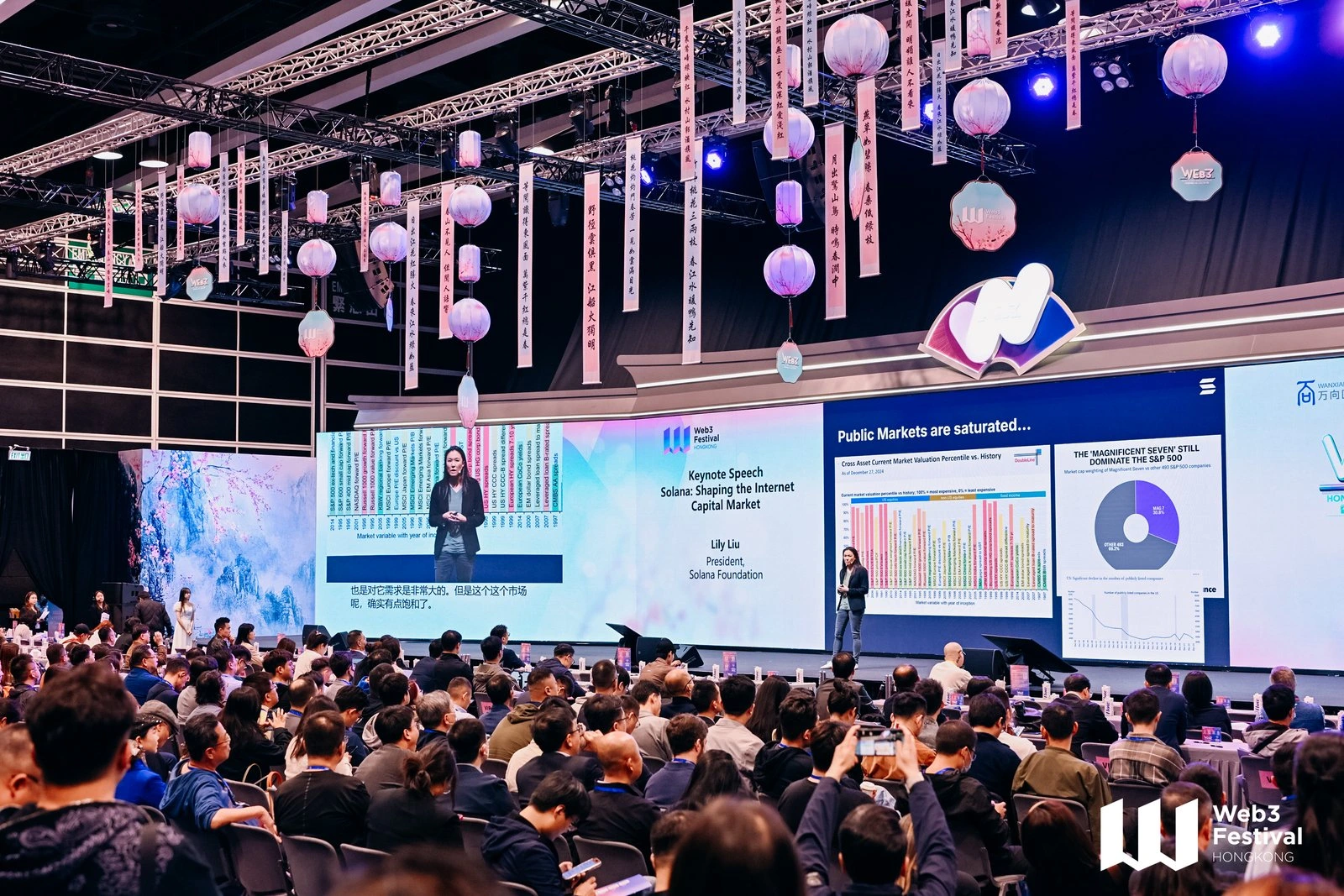
This speech was not only an in-depth explanation of Solana’s ecosystem strategy but also revealed the structural contradictions in traditional capital markets and how blockchain technology offers breakthrough solutions.
THE DILEMMA OF TRADITIONAL CAPITAL MARKETS: PRIVATIZATION OF RETURNS AND THE INCLUSIVITY GAP
Lily Liu used the U.S. market as an entry point to reveal the core contradiction in global capital markets: the accelerating divergence between capital returns and labor returns.
- Data comparison: Since 1971, the S&P 500 index has grown far more than hourly wage increases. If the two had increased in sync, the current hourly wage should be $240, but in reality, it’s only about $30. Capital appreciation is 8 times faster than labor compensation.
- Privatization trend: Extended company IPO cycles (some companies remain private for a decade or more) have led to innovation returns being monopolized by private markets, making it difficult for public investors to share in growth dividends.
- Socialization of losses: For example, U.S. national debt interest costs are borne by taxpayers, while returns are concentrated among a small number of capital holders, creating a paradox of “privatized gains, socialized risks.”
Lily Liu further pointed out that this contradiction is exacerbated by the rise of artificial intelligence—technology is replacing labor at a rate far exceeding society’s ability to adjust policies. She questioned: “Can this contradiction only be alleviated through Universal Basic Income (UBI)? Perhaps we should focus more on opening capital markets to give ordinary people opportunities to participate in capital appreciation.”
BLOCKCHAIN’S ANSWER: THREE PILLARS OF INTERNET CAPITAL MARKETS
Lily Liu proposed that blockchain technology can restructure the financial system through the following paths:
The inclusivity of decentralized finance (DeFi). Traditional IPOs are expensive (millions of dollars) and lengthy, while blockchain allows companies to raise funds directly from global investors through tokenization. For example, PayFi models in the Solana ecosystem combine payments, DeFi, and real-world assets (RWA), seamlessly integrating stablecoin settlements, lending, and asset management, lowering financing thresholds for small and medium enterprises.
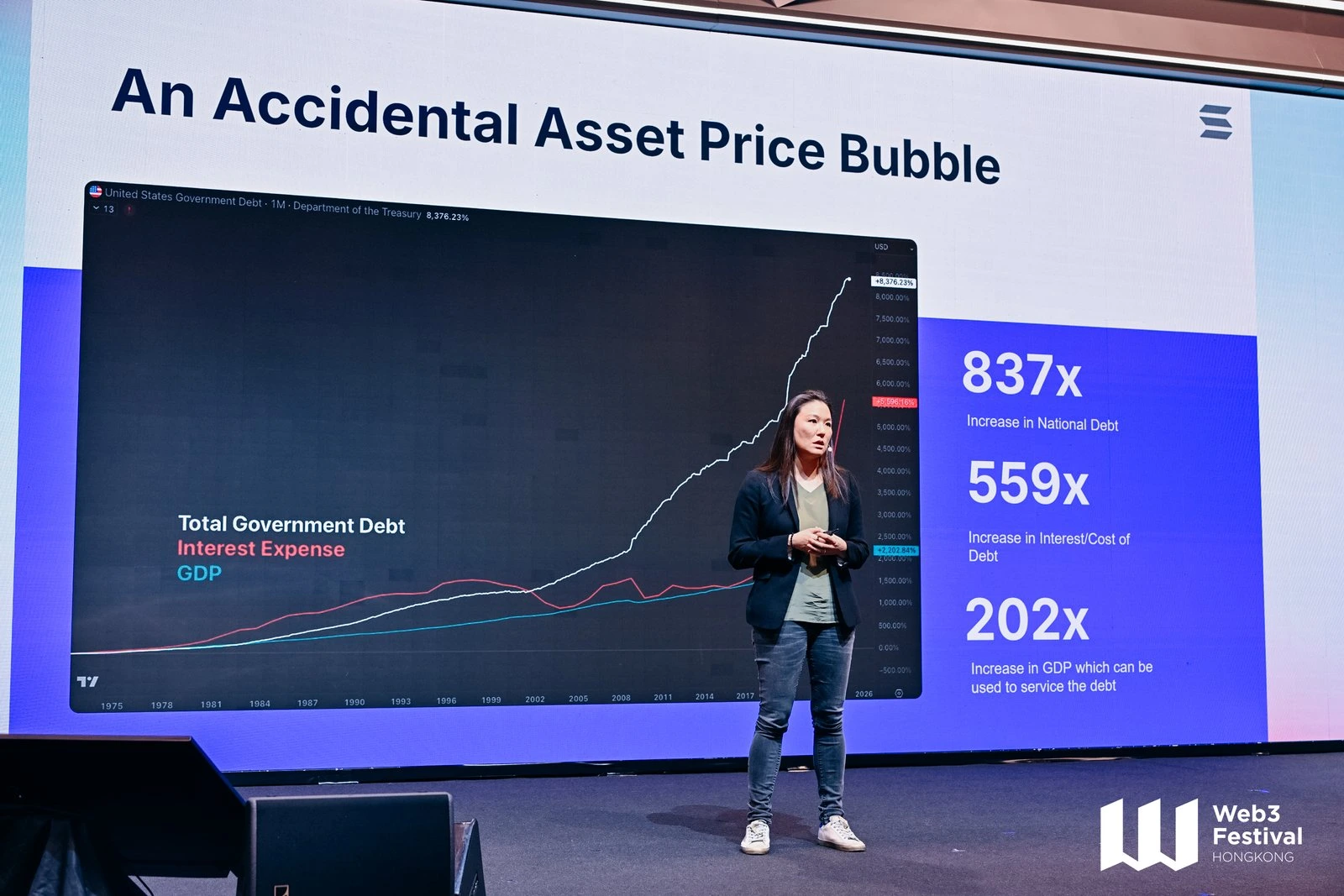
Labor capitalization and asset democratization. “Labor should be transformed into capital” is Lily’s core argument. Using Alaska’s community opportunity sharing as an example, she explained how blockchain can allow workers to directly hold productive assets through mechanisms like tokenized equity and revenue rights. Solana’s high performance (tens of thousands of transactions per second) and low fees (about $0.0001 per transaction) provide the technical foundation for this.
Innovative balance between regulation and compliance. Lily emphasized that compliance is not an obstacle but a prerequisite for scaling. Solana has built a compliance layer that includes KYC/AML through partnerships with institutions like Circle (USDC issuer) and Visa, while maintaining the self-custodial nature of on-chain assets, achieving an “open but not disorderly” financial ecosystem.
SOLANA’S PRACTICE: FROM PAYFI TO MASS ADOPTION
In her speech, Lily Liu repeatedly mentioned Solana’s “PayFi” strategy—a concept she first proposed at the 2024 Hong Kong Web3 Festival, aimed at integrating payments, DeFi, and RWA to create a new financial market based on the time value of money. By 2025, PayFi has formed a complete ecosystem stack:
- Settlement layer: Leveraging Solana’s high throughput (50,000 TPS) and enhanced performance after the Firedancer upgrade to support instant cross-border payments.
- Currency layer: On-chain stablecoins have reached $3.6 billion, with USDC and PYUSD accounting for over 60%, becoming the mainstream medium for payments and settlements.
- Application layer: Covering scenarios such as consumption (Solana Pay integrated with Shopify), gaming (on-chain item trading), and supply chain finance (RWA asset tokenization), forming a “payment as finance” closed loop.
Lily specifically pointed out that Solana’s positioning is not to replace Ethereum as an “asset chain” but to become a “payment chain,” driving large-scale Web3 adoption through high-frequency, low-cost transactions.
This speech triggered extensive discussion in the industry. PolyFlow co-founder Raymond Qu commented: “The essence of PayFi is to unify capital flows and information flows through blockchain, improving global financial efficiency.” Hong Kong Financial Secretary Paul Chan Mo-po also affirmed blockchain’s potential for financial inclusion in his opening speech at the festival, echoing Lily’s views.
Notably, Lily Liu called on policymakers and the technical community to collaborate in promoting “regulatory sandboxes” and innovation experiments. For example, Solana is working with Hong Kong regulatory authorities to explore compliant stablecoin frameworks, attempting to unleash financial innovation vitality under controllable risk conditions.
Lily Liu’s speech ultimately returned to the original intention of blockchain—achieving financial democratization through technology. She concluded: “The future capital market doesn’t belong to institutions or nations, but to every individual connected to the internet. We are standing at a historical turning point, either witnessing the collapse of the old system or participating in the birth of a new paradigm.”
In this transformation, Solana aims to leverage its position as a “payment chain” to move toward a fairer, more efficient internet capital market. As Lily said: “All assets will eventually be tokenized, and all apps will eventually be financialized. We’re not building walled gardens, but laying channels in an open ocean.”
▶ Buy Crypto at Bitget
CoinRank x Bitget – Sign up & Trade to get $20!
